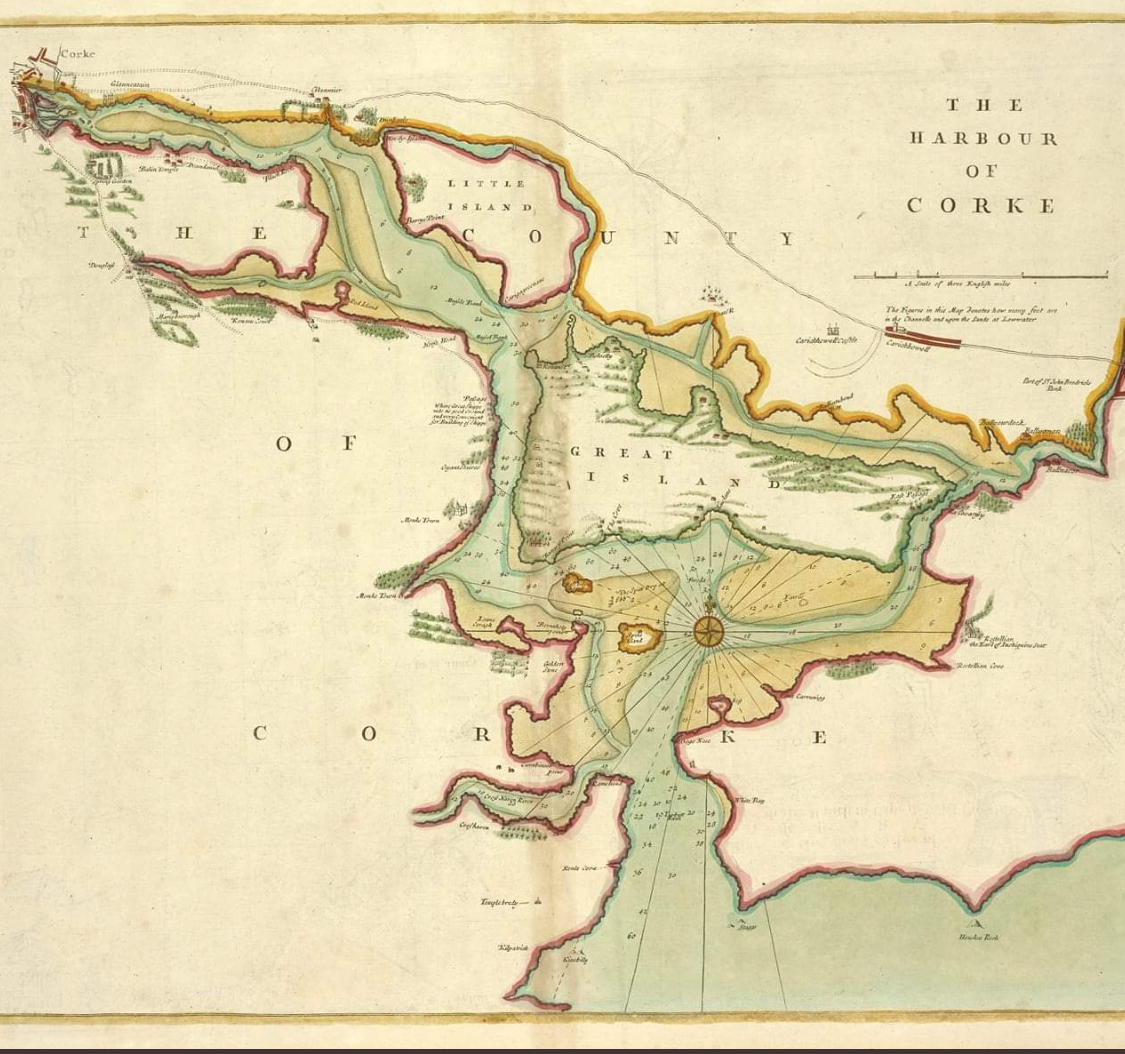 The Cromwellian conquest of Ireland (1649–1653) was the conquest of Ireland by the forces of the English Parliament, led by Oliver Cromwell, during the Wars of the Three Kingdoms. Cromwell invaded Ireland in August 1649 in a brutal and bloody campaign that is often maligned to this day.
The Cromwellian conquest of Ireland (1649–1653) was the conquest of Ireland by the forces of the English Parliament, led by Oliver Cromwell, during the Wars of the Three Kingdoms. Cromwell invaded Ireland in August 1649 in a brutal and bloody campaign that is often maligned to this day.
By May 1652, Cromwell’s Parliamentarian army had defeated the Confederate and Royalist coalition in Ireland and occupied the country, ending the Irish Confederate Wars (or Eleven Years’ War). While many were put to the sword, tens of thousands of prisoners were taken, a large number accused of aiding the rebellion. The punishment for many was transportation, and banishment to a foreign colony to work a term of indentured servitude. So where to hold the 50000* who would be sent to the North American colonies and Caribbean islands like Jamaica and Barbados? It appears Spike Island was the solution and for the first time in its history, the island became an island prison.
Diarmuid mac Sheáin Bhuí Mac Cárthaigh was a Jacobite poet and a native of County Cork (c.1640–1705). He was the son of Seán Buí Mac Cárthaigh, about whom nothing is known, and brother of Donnchadh (Donough) Mac Cárthaigh who was catholic bishop of Cork and Cloyne (1713–26). In one of his poems written in 1687 about the ascension of King James II, Diarmuid wrote;
“After they had laid low their armies, in Spike Island they imprisoned thousands, without food or drink”.
 This enigmatic statement suggested Spike Island was a central holding location for a great number of those sentenced to transportation during the Cromwellian conquest. While no other record of a prison* or depot on the island at the time exists, there are many reasons why the statement can be considered accurate. Cork Harbour was a central location in the transportation system from where enormous numbers departed overseas. Holding prisoners* in a safe and secure location right at the centre of the harbour from which they would board ships and depart made logistical sense. It is well documented that the island was chosen as the site for a Victorian-era prison for precisely the same reasons two centuries later; the island’s proxmity to the transportation departure point.
This enigmatic statement suggested Spike Island was a central holding location for a great number of those sentenced to transportation during the Cromwellian conquest. While no other record of a prison* or depot on the island at the time exists, there are many reasons why the statement can be considered accurate. Cork Harbour was a central location in the transportation system from where enormous numbers departed overseas. Holding prisoners* in a safe and secure location right at the centre of the harbour from which they would board ships and depart made logistical sense. It is well documented that the island was chosen as the site for a Victorian-era prison for precisely the same reasons two centuries later; the island’s proxmity to the transportation departure point.
So while further literary and physical evidence is sought it is considered accurate to say the first island prison to open on Spike Island was in 1640 / 1650s, when Oliver Cromwell vanquished foes were sent overseas to remove the threat of further resistance and populate a growing Empire. Today an Irish community exists on Montserrat and other Caribbean islands that fondly recall their roots in Ireland.
(* Estimates for the numbers transported vary with an average of approx 50000)
(* ‘Prison’ and ‘prisoners’ may not be the ideal term. It was more of a ‘depot’ for captured prisoners of war, but also those displaced from their homes and sent overseas for suspected aiding the enemy).

